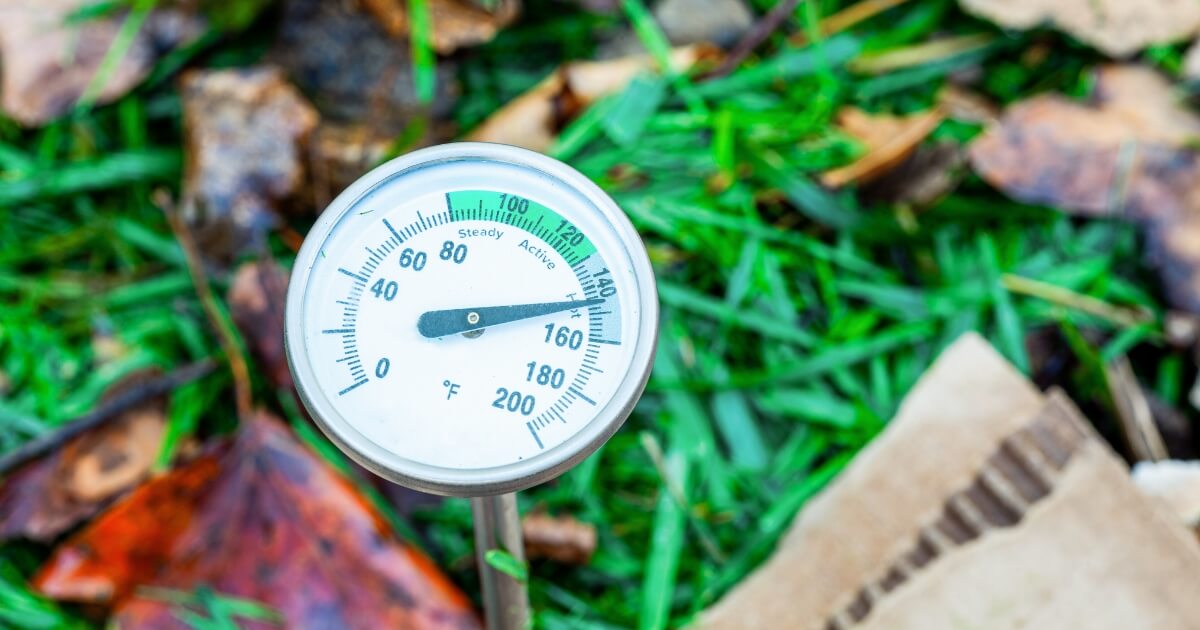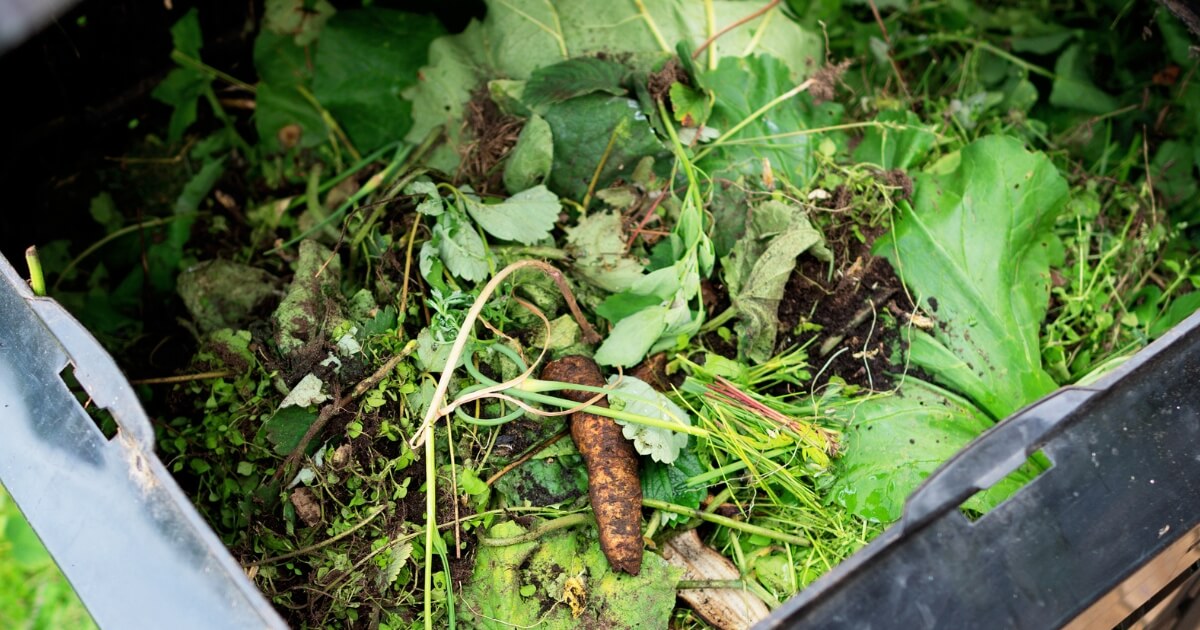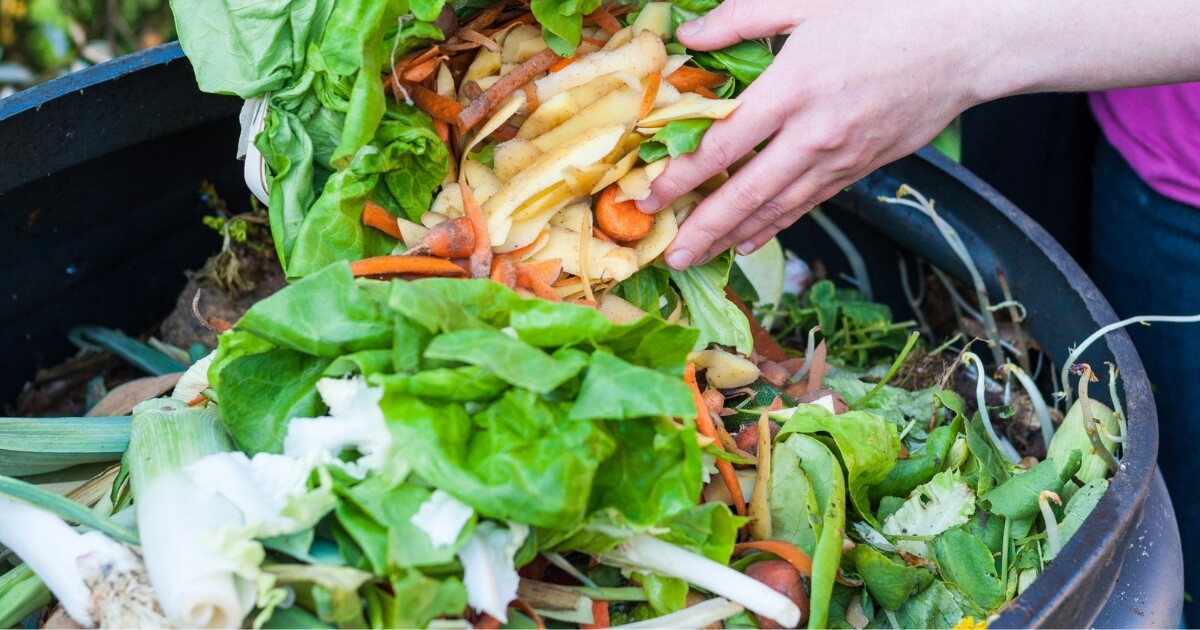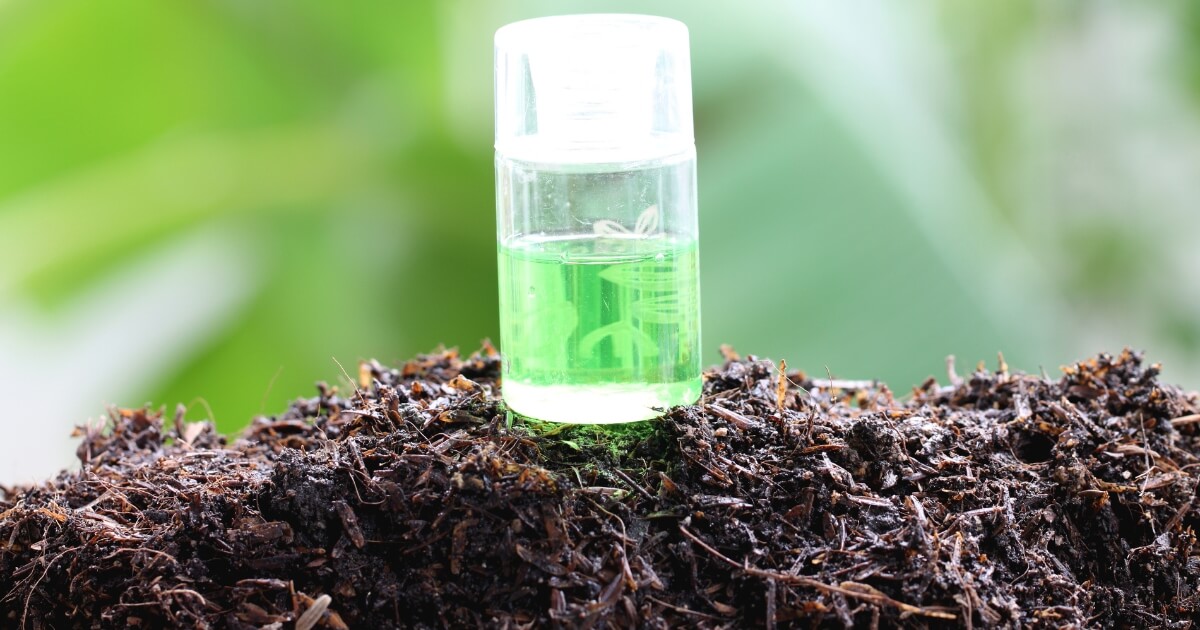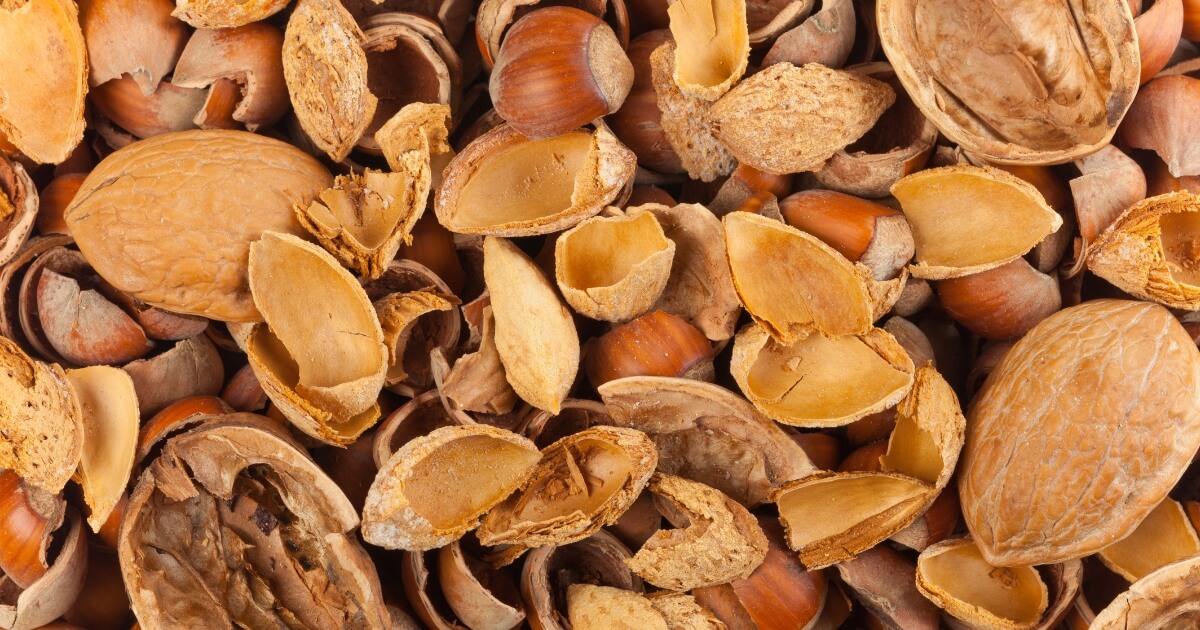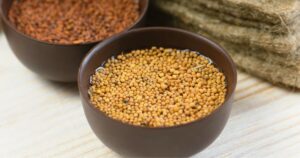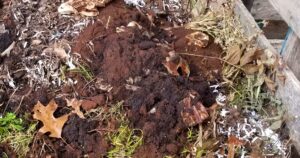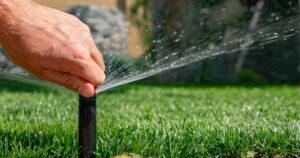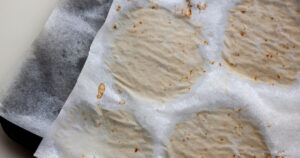Compost is incredibly versatile and can benefit almost every part of your yard, from flowers and vegetables to your lawn and trees.
Whether you’ve made your own compost or bought a bag on a whim, I’ll show you several ideas on what to do with it. But, no matter how you choose to use your compost, it will greatly improve the quality of your soil and support the growth of all your plants.

Boost Your Soil’s Fertility
Incorporating compost into your garden beds is like giving your soil a gourmet meal packed with nutrients that plants crave.
Simply spread a layer about 1-3 inches thick over your garden beds and work it into the top layer of soil no deeper than 5 or 6 inches before planting.
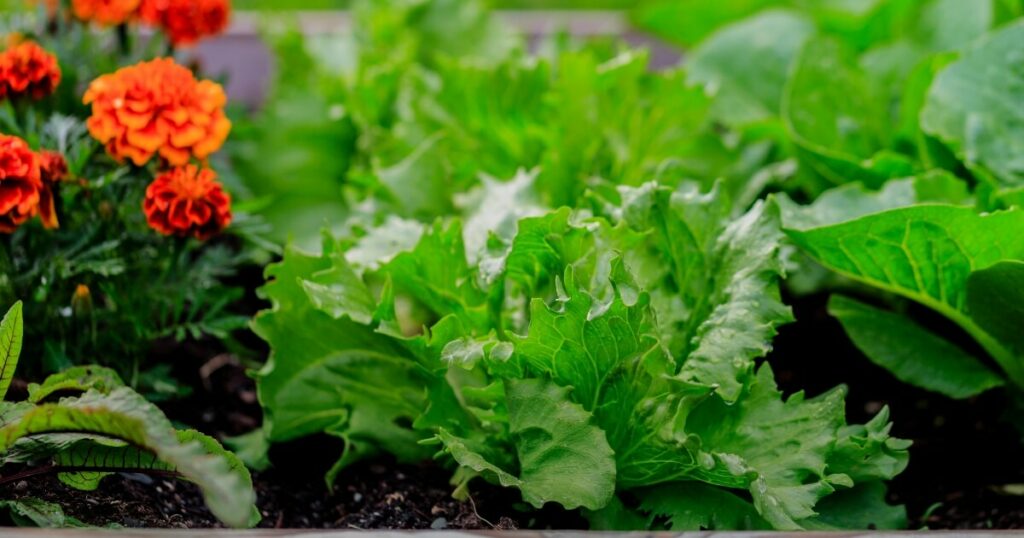
This organic powerhouse improves soil structure, encourages beneficial microbial activity, and steadily releases essential nutrients as plants grow, so synthetic fertilizers are unnecessary. Healthier soil means more robust plants and better harvests.
Improve Soil Drainage and Structure
If you’re dealing with heavy clay or sandy soils, adding compost can transform them into a gardener’s dream.
Mix in generous amounts of compost to enhance soil aggregation, improving drainage and aeration. This means roots can breathe easier, and water soaks in just right—not too fast or slow.
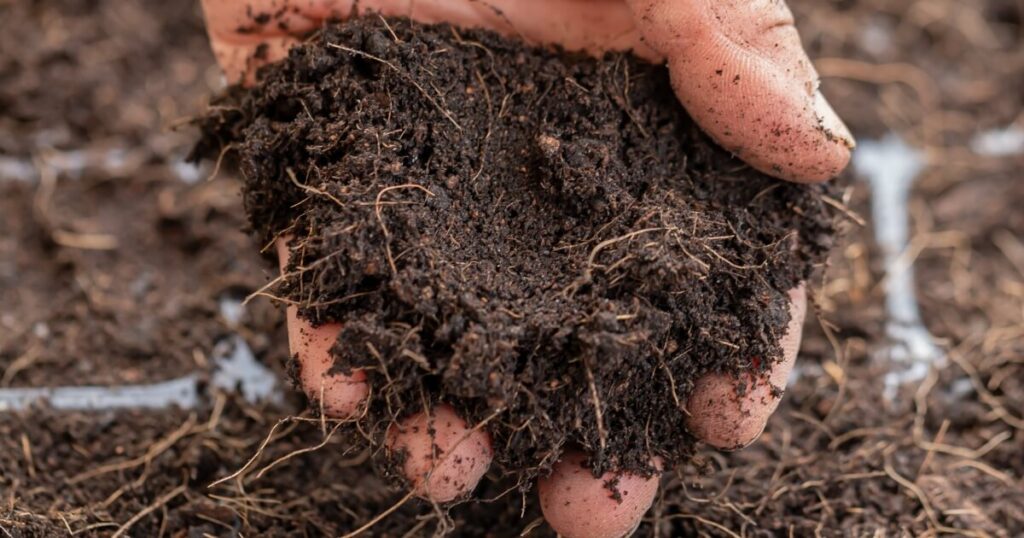
Your plants should show strong growth since they no longer sit in waterlogged soil or gasping for moisture in an overly porous environment. It’s like hitting the perfect balance between a sponge and a well-draining potting mix, making your garden resistant to both drought and downpours.
Balance Your Soil pH Levels
Compost is a natural ally in maintaining the right pH balance for your soil, which is essential for optimal plant health. If your garden’s soil is too acidic or alkaline, mixing in compost can help stabilize its pH towards a neutral range that most plants prefer.
This buffering effect means you’ll have fewer struggles with nutrient availability, and your plants will be able to access what they need when they need it.
Make Compost Tea As A Natural Fertilizer
Try brewing some compost tea for a nutrient-rich concoction your plants will love. It’s simple: just steep a sack of compost in water for a few days, stirring occasionally. You’ll want to follow my guide on making compost tea for all the details.
This process extracts the goodness from the compost into the water, creating a liquid fertilizer teeming with beneficial microorganisms and nutrients. Use it to water your plants or as a foliar spray.
Create A Habitat For Beneficial Insects
Think of compost as a welcome mat for the good bugs in your garden. By adding compost, you’re setting up a prime habitat for beneficial insects like ladybugs, bees, and earthworms.
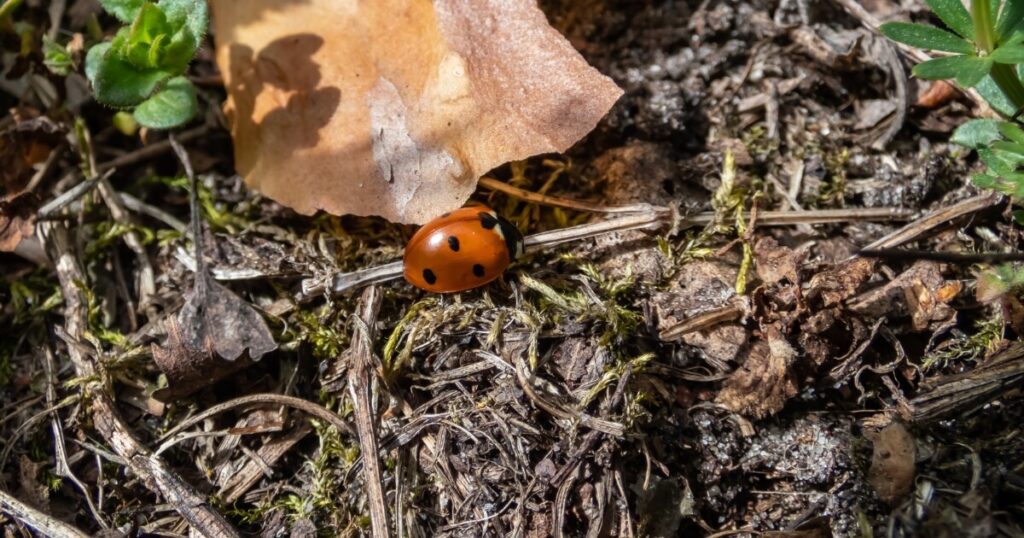
These tiny allies help with pollination and pest control, making your garden a more balanced ecosystem.
Plus, the organic matter in compost provides a banquet for these creatures, encouraging them to stick around and work their magic. It’s a natural way to boost your garden’s health while reducing the need for chemical pesticides.
Revitalize Your Lawn with Compost
To boost your lawn, top-dress it with a thin layer of compost in the spring or fall. This will nourish the grass and improve soil structure and moisture retention. Spread about 1/4 inch of fine compost evenly across your lawn, using a rake to help it settle between the blades of grass.
Over time, this organic treatment encourages deeper root growth and can reduce common lawn problems like bare spots and thatch buildup.
Nourish Houseplants with Compost
Your indoor greenery can also reap the rewards of compost. When repotting, I like to mix in a bit of compost with potting soil to give my houseplants a nutrient boost.
A ratio of one part compost to three parts potting soil creates an ideal environment for root growth and plant health.
Remember that if you’re using compost taken from outdoors, you might end up with a few creepy crawlies inside it. You should be able to find bags of compost that are designed for indoor usage at your local garden store.
Create Your Own Potting Mix
Crafting your own potting mix with compost is a smart move for any green thumb. Start by blending equal parts compost, peat moss or coconut coir, and perlite or vermiculite for a well-draining yet moisture-retentive mix.
This homemade mix provides a rich, loose environment for roots to spread out and thrive while the compost delivers a steady stream of nutrients. It’s cost-effective and eco-friendly. Plus, you’ll know exactly what goes into your plants’ growing medium.
Mulch with Compost for Weed Control
Using compost as mulch is a clever way to suppress those pesky weeds.
Simply layer about 2 inches of compost around your plants, but leave some space around the stems or trunks to avoid rot.
While it’s not 100% foolproof, this organic blanket blocks sunlight from reaching weed seeds, hindering their growth, and as it breaks down, it continues to enrich the soil beneath. You’ll spend less time weeding and more time enjoying your vibrant garden.
Plus, this method conserves water by reducing evaporation on those hot summer days—your plants (and water bill) will surely appreciate it!
Prepare Garden Beds For Winter
Before winter sets in, give your garden beds a light blanket of compost to protect and nourish them through the cold months.
Spread a generous layer over the soil after your final harvest, and it will work like a slow-release fertilizer, breaking down over time to enrich the soil for spring planting.
This protective cover also helps prevent erosion and weed growth when gardens are most vulnerable. Come spring, you’ll uncover soil that’s alive with nutrients and primed for a new season of growth!
